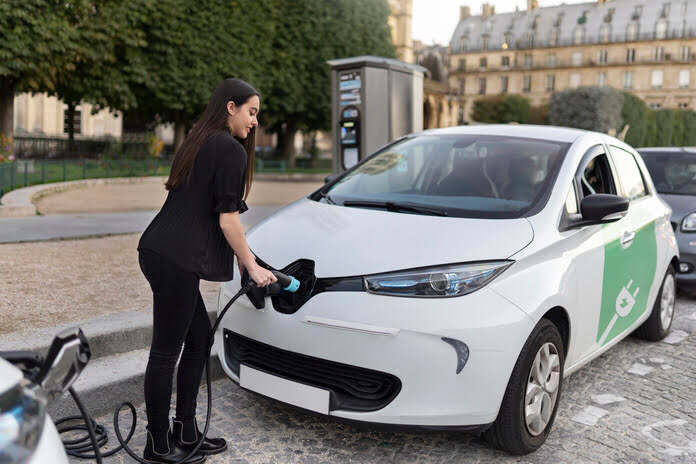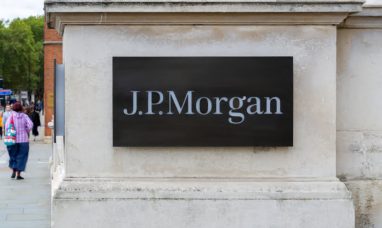A zombie company is one that can continue to operate normally despite being fundamentally insolvent. Outside financing is the only way for such a company to stay in business. Canoo (NASDAQ:GOEV), which was listed on the Nasdaq as a blank check company two and a half years ago, today has only a few quarters of financial runway left. Canoo’s latest fiscal 2023 first-quarter numbers provide no reprieve for bulls from the prevalent pessimistic narrative. Canoo’s near-term viability is reduced to near zero as a result of a cash position besieged by successive quarters of net losses and cash burn. Canoo’s quarterly operational liabilities were $67.2 million at the end of the first quarter, as measured by operating cash outflow. This was compared to a cash and equivalents position of $12.5 million, including restricted cash.
Bulls would be correct in stating that the corporation has not been idle in terms of capital-raising activities. Canoo was able to generate $48 million by selling convertible debentures and exercising $15 million in warrants. The debentures were issued in April and bear a 1% coupon until June 2024. If both deals had closed during the first quarter, Canoo’s cash position would have been $69.7 million. Canoo also has a $150 million ATM facility and a $150 million pre-paid advance facility with Yorkville Advisors, which management aims to use to strengthen the company’s liquidity position.
Financial Zombies and an Uncertain Future
During the first quarter, Canoo made significant strides in lowering its operating footprint in order to better preserve cash. Cash burn from operations was 44% lower year over year, with capital expenditure of $18.4 million, a 35% decrease from the previous year. However, the reductions are insufficient. Canoo anticipates operating expenses of $40 million to $60 million in the second quarter, with capital expenditures of $10 million to $20 million, both of which would put its increased cash position from post-period end capital raises at risk of running out by the end of summer if no additional capital raises are made.
Canoo’s current quarterly cash burn rate, including capital expenditure, is $85.6 million, or approximately $342.4 million on an annual basis. The business anticipates more cost reductions from its first quarter, with R&D spending falling 43% year on year to $47.1 million and SG&A expenses falling 46% year on year to $29.8 million in line for future reductions. Canoo anticipates a 25% to 30% drop in yearly operating expenses for fiscal 2023 over fiscal 2022, implying total operating expenses of $354.2 million, a number that is still far too expensive for Canoo to leave zombie status anytime soon. The company’s projected cash burn rate over the next four quarters is 4.9 times its increased cash position. Furthermore, even if the company is able to fully realize the aggregate $300 million in fresh funding without any headwinds, current operations would still be on track for a cash runway of less than a year.
Dilution and a Reverse Stock Split
This bleak cash prognosis contrasts with a $2.8 billion order book that saw stage 2 and 3 orders increase by 5% sequentially in the fourth quarter. It also contradicts management’s guidance to end 2023 with a 20,000 car manufacturing run rate from their Oklahoma City factory, rising to 40,000 in 2024. Critically, reaching production would not alleviate Canoo’s short-term liquidity problems, and the company would face additional cash demands that it simply does not have.
To be clear, Canoo’s current market value of $277 million is insufficient to sustain its ATM offering, and its current stock price is likewise insufficient. To comply with Nasdaq’s minimum listing standards in the summer and to raise its stock price to a level where stock sales make more functional sense, the company will most likely engineer a reverse stock split.
Shares outstanding have increased by 86% since the summer of 2021, and a $150 million ATM accounts for 54% of its current market worth. While the Fed’s decision to hold rates steady at its June 14 meeting could trigger another bull market for currently risky equities, the general story for Canoo this year appears to be defined by dilution offset by increased cash burn. Shares should be avoided unless the company demonstrates even deeper cost-cutting measures beyond its current guidance range. A Chapter 11 bankruptcy filing is a very real and dire potential.
Featured Image: Freepik @ freepik









